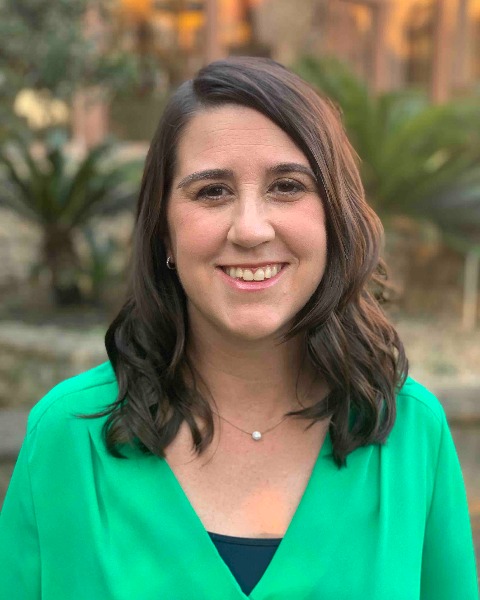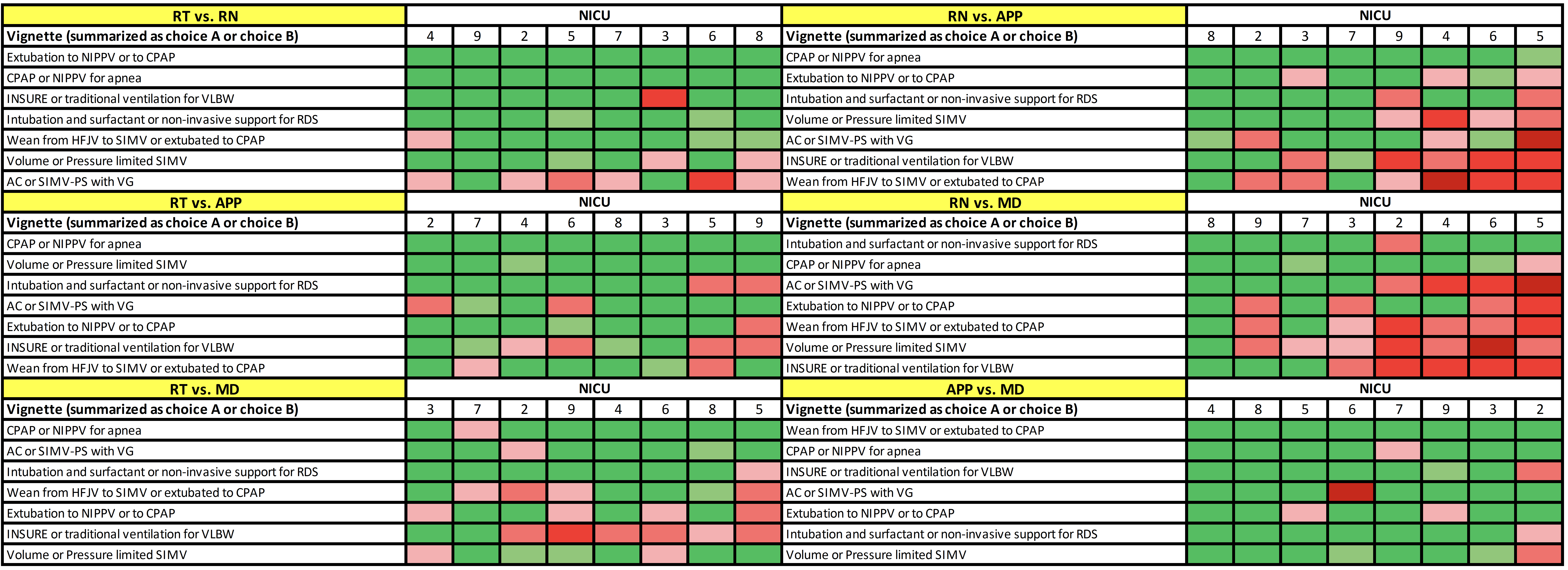Neonatology
Session: Neonatal Quality Improvement 1
390 - Neonatology Survey of Interdisciplinary Groups in Healthcare Tool (NSIGHT), Implementation Across Texas to Achieve Insights in Respiratory Care Practices
Sunday, May 5, 2024
3:30 PM - 6:00 PM ET
Poster Number: 390
Publication Number: 390.2106
Publication Number: 390.2106

Katharine Johnson, MD
NICU Medical Director
Pediatrix Neonatology of San Antonio
San Antonio, Texas, United States
Presenting Author(s)
Background: Respiratory management for neonatal intensive care unit (NICU) infants requires a multidisciplinary team. Respiratory care practices and outcomes can vary significantly between NICUs, which may reflect unit culture. Deming’s System of Profound Change serves as a foundation for QI efforts and includes 4 domains – systems, variation, theory of knowledge, and psychology. While many tools have been developed to measure the first 3 domains, tools have been lacking to better describe the human side of change. The NSIGHT tool was developed to address psychology by measuring practice preferences and unit culture.
Objective: To determine individual, unit-specific, and regional practice preferences for respiratory management among multidisciplinary NICU teams using a novel QI tool.
Design/Methods: The NSIGHT vignette-based survey measuring respiratory management preferences for common NICU scenarios was completed by physicians, advance practice providers (APPs), nurses, and respiratory therapists (RTs) from 9 NICUs in Texas. Responses ranging from neutral to strong preference were measured on a 5-point Likert Scale. Net preference (mean value) and agreement (standard deviation) were assessed for all responses by unit and discipline (Figure 1).
Results: A total of 602 participants from 9 Texas NICU sites completed the survey (14% of respondents were neonatologists, 18% APPs, 57% NICU nurses, and 11% RTs). Survey results of common scenarios varied (Figure 2). There was unanimous net preference among all units for the use of NIPPV over CPAP for apnea and for intubation and surfactant over continuing non-invasive support for an infant with RDS and rising oxygen need. The vignette with the lowest level of agreement across all NICUs was a preference for INSURE method vs. traditional ventilation for a VLBW infant with RDS. Comparison between disciplines revealed RNs and APPs and RNs and MDs have the most disagreement. APPs and physicians have the most agreement followed by RTs and RNs (Figure 3).
Conclusion(s): The results identify areas for consensus building and emphasize the importance of a multi-disciplinary team approach for the success of ongoing and development of future QI efforts. The NSIGHT offers the potential to survey teams on other topics or to survey longitudinally to determine if changes made lead to greater cultural alignment. The results highlight the opportunity to learn from each other such as understanding why providers and bedside team members may have differing practice preferences or examining what drives and defines the unit culture in sites with high net preference/agreement.
.jpg)


